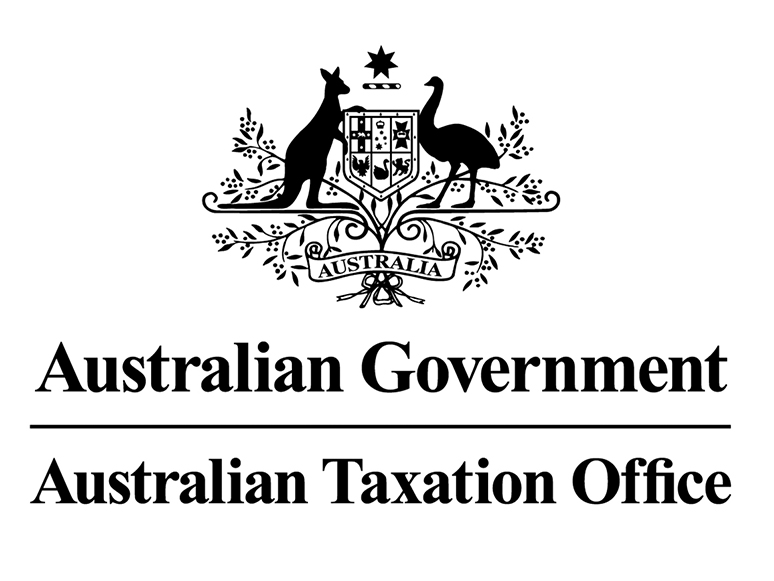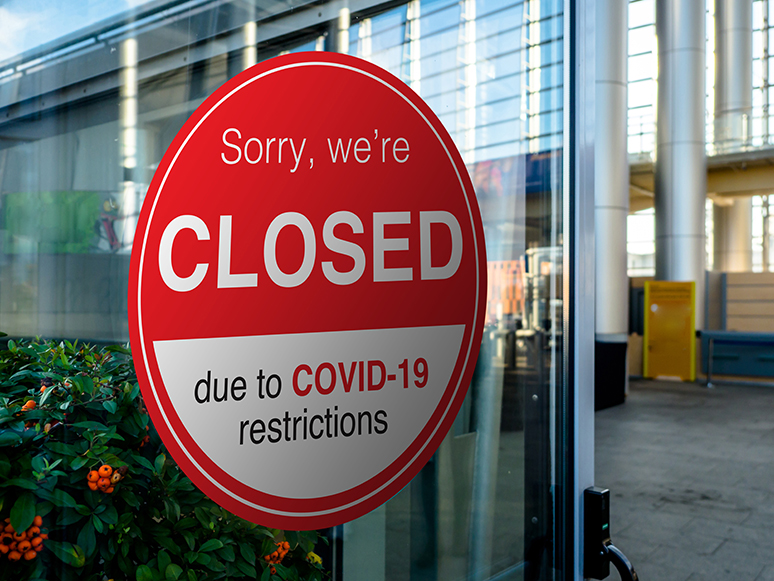logo


01st Oct, 2025

If your business sells or buys vouchers, it’s essential to understand how to account for and report GST correctly.
A voucher is a document or an electronic record that represents a right to receive goods or services. This includes physical gift cards, digital vouchers and even prepaid phone cards. When your business sells a voucher, you’re essentially providing the recipient with a promise to supply goods or services in the future, and it’s at this future point that the GST implications come into play.
The ATO recognises two distinct types of vouchers.
Face value vouchers can be redeemed for a reasonable choice of goods and services – for example, a $50 supermarket gift card that works across all store locations. The voucher sale isn’t considered a GST taxable supply, so you don’t charge GST at the point when you sell the voucher. Instead, you account for GST when the voucher’s redeemed and the goods or services are supplied. For instance, if you sell that $50 gift card, you don’t charge GST on the gift card sale, but when the gift card’s redeemed to purchase goods worth $50, you charge GST on the supply of those goods.
There’s one exception: if you sell a face value voucher for more than its face value, you must account for GST on the excess amount immediately.
Non-face value vouchers are restricted to specific goods or services – like a voucher specifically for a spa treatment, purchased for $100. With these, you account for GST (eg on the $100 price) at the time of sale, but only if the voucher is redeemable for taxable supplies.
If the voucher is only redeemable for GST-free or input-taxed supplies, there’s no GST to account for.
Here’s something business owners often overlook: if you’ve sold face value vouchers that expire or remain unredeemed, and you write back the unused amount to your current income for accounting purposes, you need to make an “increasing adjustment” on your Business Activity Statement (BAS). This adjustment is 1/11th of the unredeemed balance.
If your business buys vouchers, you may be able to claim a GST credit – but timing matters. For face value vouchers, you claim the credit when you redeem the voucher, not when you buy it. For non-face value vouchers, you claim the credit when you purchase the voucher. Remember, you can only claim credits for GST-inclusive purchases used in your business.
To account for GST on vouchers you sell, you need to keep accurate records including dates of sale, redemption and/or expiration, and the amounts of GST payable. Importantly, specific rules and exceptions apply to certain types of vouchers. For example, if you sell vouchers that can be redeemed for a combination of goods and services, you need to apportion the GST accordingly. You may also need to issue a tax invoice to the customer when a voucher’s redeemed, and keep a copy of this invoice for your records. And finally, of course, you need to report GST on vouchers in your BAS in accordance with ATO guidelines.
19th Dec, 2023

In response to community feedback and perhaps to negative commentary in the media, the ATO has announced it is pausing its “awareness campaign around tax debts on hold”. It notes that the purpose of the letters it sent was to ensure that taxpayers had full visibility of their existing tax debts. Nonetheless, it will undertake a review into its overall approach to debts on hold before progressing any further.
If your small business has tax amounts owing to the ATO and hasn’t received a letter thus far, keep in mind that you may still have a debt on hold.
Many small business debts were put on hold entirely by the ATO (meaning debt amounts were not deducted from tax refunds or credits) during the COVID-19 pandemic’s rapidly changing business conditions, with the intention of giving these businesses a chance to recover and rebuild. The Australian National Audit Office reviewed this approach and found it to be inconsistent with the law, and the ATO then received clear advice that by law, any credits or refunds that a small business becomes entitled to must be used to pay off (offset) its tax debt. This action is generally automatic, and should apply even where the ATO is not actively pursuing the debt (such as was the case during the height of the pandemic).
Due to the legal requirement for offsetting, small businesses with debts on hold may now find that any credits or refunds from lodged tax returns or BASs may be less than expected, or may even be reduced to zero. After the offsetting, any balance payable relating to your business’s debt on hold will remain on hold until it is paid in full.
You don’t need to actively do anything in relation to offsetting of debts, and you will only need to contact the ATO if you’d like to make payments towards your debt on hold or make a request for the ATO not to offset.
The easiest way to check whether a debt on hold exists is through ATO online services. You may need to download a file with all transactions on the applicable account to check, as debts on hold will not show as an outstanding balance on the account (because of their “on hold” status).
It’s important to be aware that debts on hold can be reactivated at any time where the ATO believes that there’s capacity for your business to pay. You will be notified if this is going to happen, usually in writing. A reactivated debt will show as an outstanding balance on the relevant account in ATO online services.
While the ATO acknowledges that its approach to communicating about debts on hold caused “unnecessary distress”, particularly to taxpayers whose debts were incurred several years ago, it has verified that all debts exist and that all taxpayers were previously informed when the debt was originally incurred through their notice of assessment.
19th Dec, 2023

While Single Touch Payroll Phase 2 (STP Phase 2) started on 1 January 2022, many digital service providers have a deferral in place to enable them to transition their customers over time. Under STP Phase 2, businesses report certain information directly to the ATO through their payroll software, such as:
STP Phase 2 doesn’t change which payments employers need to report through STP, but it does change how those amounts need to be reported.
Employers need to take note that STP Phase 2 changes require your input. Carefully review your payroll reporting codes to ensure accurate data submission to the ATO through STP.
You will now start to see BAS data pre-filling by the ATO.It’s important to cross-check the pre-filled information with your payroll records to prove the correct data has been submitted to the ATO and ensure correct withholdings are remitted. Any anomalies you identify may highlight errors in your system configuration.
Don’t forget that when an employee leaves a job, information must be provided in the employer’s STP Phase 2 report, including the employment cessation date and the correct code indicating why the employee left. Details of termination payments must also be reported to the ATO.
14th Apr, 2022

The recent devastating flooding in South East Queensland and parts of New South Wales has left many people homeless, caused vast amounts of property damage and has sadly led to loss of life. While the clean-up effort continues in many areas, there is some immediate financial help available for those affected, including the Disaster Recovery Payment and Disaster Recovery Allowance.
Those who need immediate help can apply for the Australian Government Disaster Recovery Payment. This is one-off financial assistance of $1,000 per eligible adult and $400 for each eligible child aged under 16. This includes Australian resident individuals in various local government areas who have been seriously injured, lost their homes, have had their homes/major assets directly damaged, or those who have lost immediate family members as a direct result of the floods. The payment is also available to eligible New Zealand visa holders (Subclass 444) who have been affected by the floods.
Australian residents and eligible New Zealand visa holders may also be eligible to apply for the Disaster Recovery Allowance. This is a short-term payment for a maximum of 13 weeks. Eligible individuals will need to be 16 years or over, have lost income as a direct result of the storms/floods, and earn less than the average Australian weekly income in the weeks after the income loss.
Flood-impacted small businesses will receive an automatic BAS lodgment deferral – although general interest charge (GIC) may still apply to deferred payments – and can apply for a refund of previously paid PAYG instalments. Any GST refunds will also be “fast-tracked”.
19th Mar, 2021

Small employers with closely held payees have been exempt from reporting these payees through single touch payroll (STP) for the 2019–2020 and 2020–2021 financial years. However, they must begin STP reporting from 1 July 2021.
For STP purposes, small employers are those with 19 or fewer employees.
A closely held payee is an individual who is directly related to the entity from which they receive a payment. For example:
Small employers must continue to report information about all of their other employees (known as “arm’s length employees”) via STP on or before each pay day (the statutory due date). Small employers that only have closely held employees are not required to start STP reporting until 1 July 2021, and there’s no requirement to advise the ATO if you’re a small employer that only has closely held payees.
The ATO has now released details of the three options that small employers with closely held payees will have for STP reporting from 1 July 2021:
12th Jun, 2020
